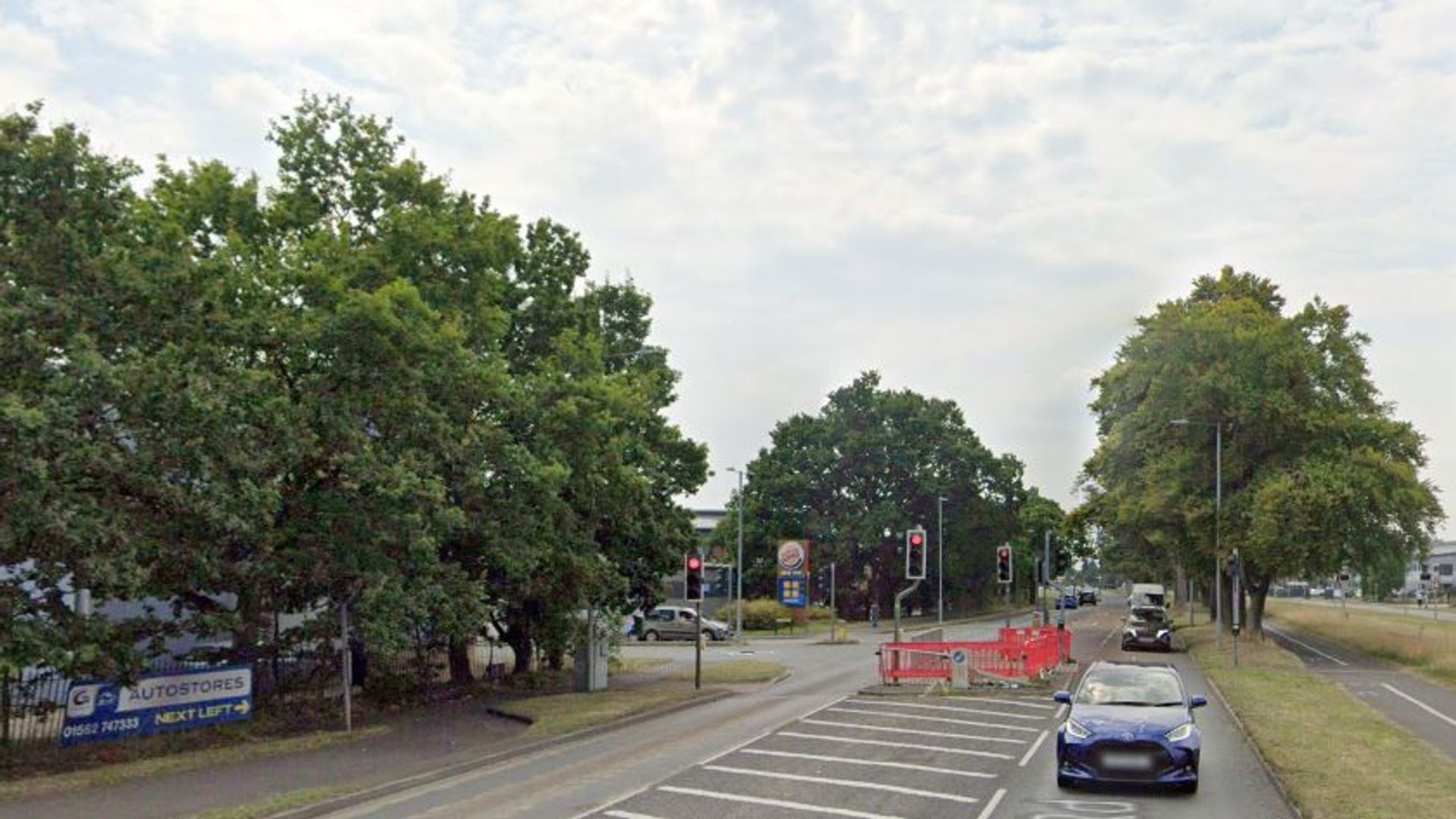
The BDN Editorial Board operates independently from the newsroom, and does not set policies or contribute to reporting or editing articles elsewhere in the newspaper or on bangordailynews.com.
A state report released last year found that Maine needs to build more than 76,000 new homes by 2030 in order to keep up with demand amid an affordable housing crisis. We certainly won’t meet that ambitious but necessary goal if some towns keep turning away affordable and workforce housing projects.
Town referendum votes earlier this month provided mixed, but important, insight related to the current challenges and opportunities involved with expanding and diversifying housing options across Maine. Perhaps most notable of the Election Day outcomes was the overwhelming vote in Cumberland to reject a proposed 107-unit affordable housing project. Nearly 70 percent of Cumberland voters rejected the proposal on March 5, with opponents citing seemingly reasonable things like the potential impact on schools, property taxes and the specific location of the project, which would have been built on town ballfields.
But some opponents also said the quiet part out loud, basically that they didn’t think their upper class community was the right place for people with lower incomes. This flawed notion of what a town is and isn’t, and who gets to live there, has rightly received pushback.
It’s easy, and necessary, to recognize and call out the “not-in-my-back-yard” mentality that has impeded development — not just limited to housing — across the state. If every neighborhood and every town decides that their backyard is not fit for needed housing and infrastructure, then it won’t get built anywhere. And our challenges as a state, as regions and as communities will only magnify.
“Our economy can only be as successful as the workforce that we’re able to attract and develop and grow, and we cannot develop a workforce without housing,” Quincy Hentzel, executive director of the Portland Regional Chamber of Commerce, said after the Cumberland vote.
As one Cumberland voter who supported the project told the Portland Press Herald, “A lot of younger couples can’t afford to live here anymore.” In the long term, this is the recognition and perspective that must win out, and is already on display in some other towns.
Following that failed vote, the developer of the would-be project in Cumberland has been fielding interest from officials in places like Rumford and Biddeford. This is what Maine needs: More towns recognizing that they all have a role to play in addressing the housing crisis, and saying “yes-in-my-back-yard” to projects that can help their communities and regions sustain the people living and working there.
After the attention that the failed vote in Cumberland received, Biddeford Mayor Marty Grohman reached out to the developer to see if they’d be interested in a similar project in his town. Grohman thinks Biddeford voters would welcome it.
“We’d roll out the red carpet,” Grohman said.
Just down the road in Kennebunk, voters were similarly welcoming on Election Day when overwhelmingly approving a contract zone that sets the stage for Avesta Housing and Kennebunk Savings Bank to move forward with a proposal for 70 housing units specifically for people age 55 or older.
“The overwhelming support on Election Day demonstrates that the people of Kennebunk are here to look out for each other — neighbor helping neighbor. And we’re proud to be one of those neighbors (who just happens to be a bank),” Kennebunk Savings Bank CEO Bradford C. Paige said in a statement after that vote.
This statement highlights a critical point: Maine communities need neighbors of all sorts, whether they be banks or entire residential neighborhoods, to recognize that they have a role to play in improving housing availability for everyone.
Maine’s affordable housing crisis is not something for the town next door to solve, it’s a problem for all cities and towns, and their residents, to help alleviate. Of course towns should be carefully reviewing projects, but with the proper considerations and guardrails in place, they also need to be rolling out the red carpet to ideas that can help address this crisis.









